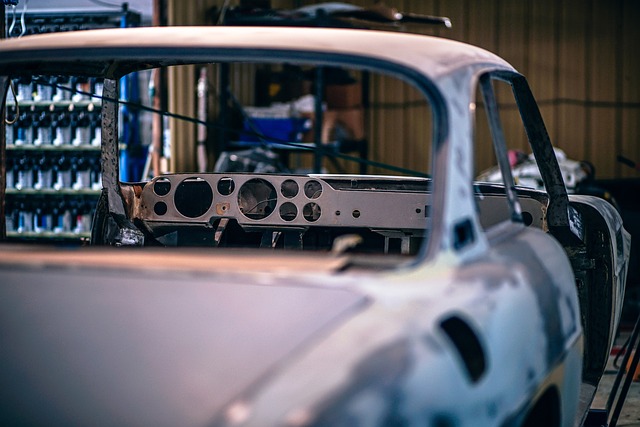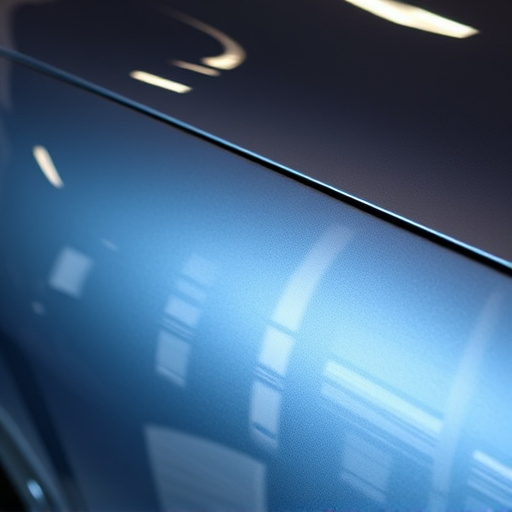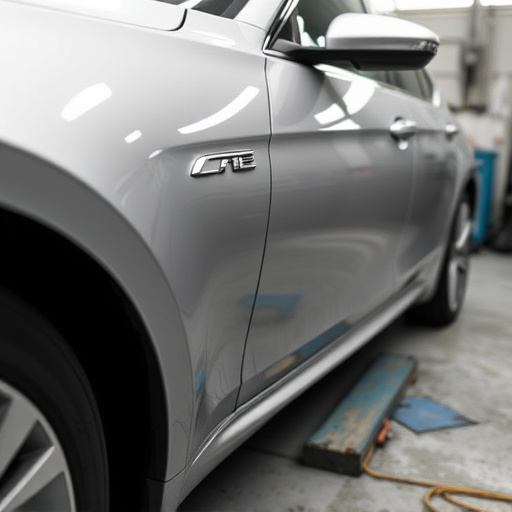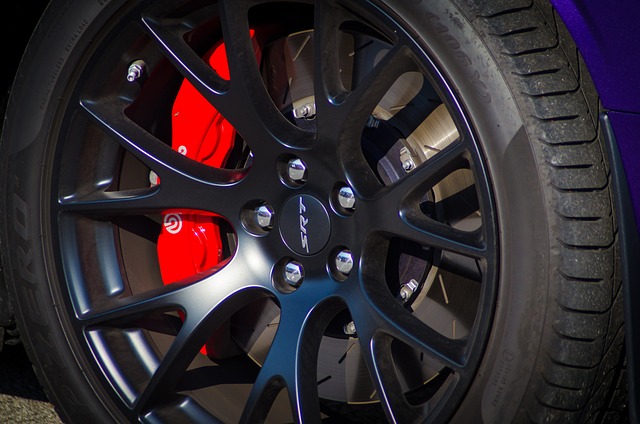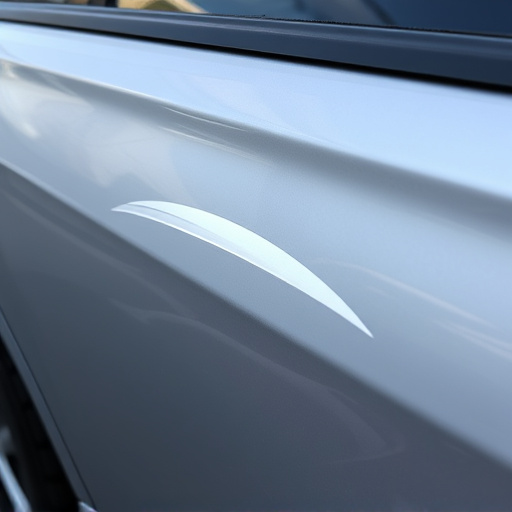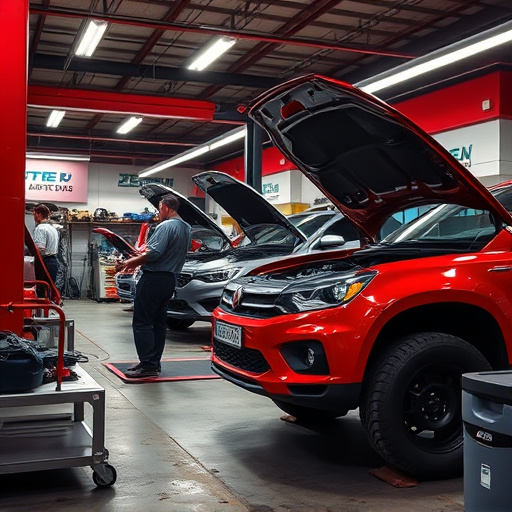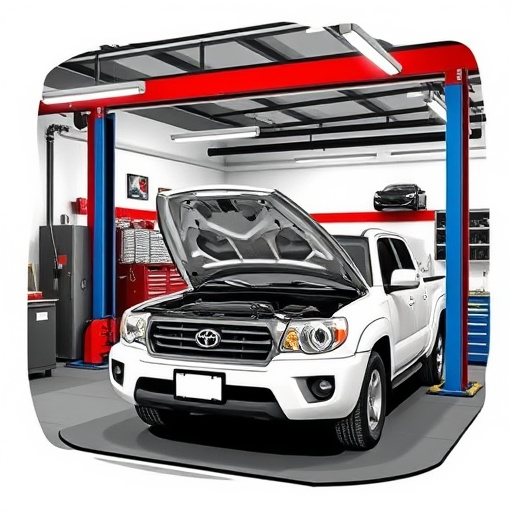Tesla PDR (Paintless Dent Repair) is a cutting-edge car collision repair technique that restores vehicles to their original condition without traditional painting. Using specialized tools and trained technicians, this method manipulates metal panels back to their pre-damage shape for minor dents, dings, and creases. It's an eco-friendly choice that saves time, reduces damage risk, and minimizes color mismatch, preserving the car's original factory finish and enhancing resale value. However, it has limitations for deeper or more complex damages. The meticulous process starts with a thorough dent inspection and uses tools like dent pullers to extract damaged areas without paint harm.
Tesla PDR, or Paintless Dent Repair, offers a revolutionary approach to restoring vehicle aesthetics. This non-invasive method allows for the removal of dents and dings without painting, saving time and money. In this article, we’ll explore the basics of Tesla PDR, its advantages and limitations regarding dent sizes, and provide a step-by-step guide for effective implementation. Learn how to effectively tackle common issues using this cutting-edge technique.
- Understanding Tesla PDR: The Basics of Paintless Dent Repair
- Advantages and Limitations: What Sizes Can Be Repaired?
- Step-by-Step Guide: How to Perform Tesla PDR Effectively
Understanding Tesla PDR: The Basics of Paintless Dent Repair
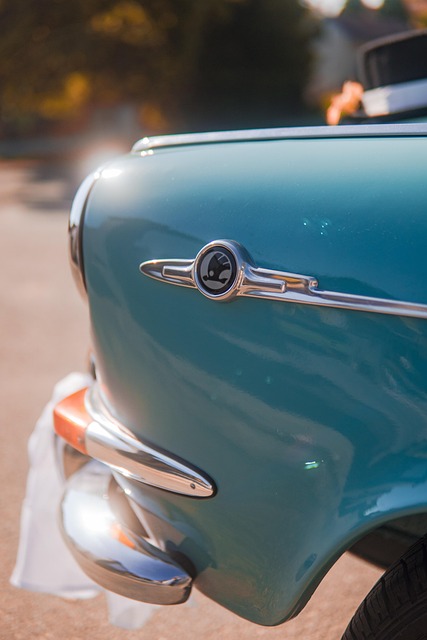
Tesla PDR, or Paintless Dent Repair, is a state-of-the-art car collision repair technique that restores vehicles to their original condition without the need for traditional painting. This innovative process involves specialized tools and trained technicians who expertly manipulate metal panels back to their pre-damage shape. By avoiding the time-consuming and costly steps of sanding, priming, and repainting, Tesla PDR offers a more efficient and eco-friendly solution for car repair services.
The method is particularly effective for repairing minor dents, dings, and creases, making it a popular choice for collision repair centers. By preserving the original factory finish, Tesla PDR ensures that cars maintain their aesthetics and value. This non-invasive approach not only saves time but also reduces the risk of further damage or color mismatch, providing car owners with a seamless and satisfactory repair experience at leading collision repair centers.
Advantages and Limitations: What Sizes Can Be Repaired?
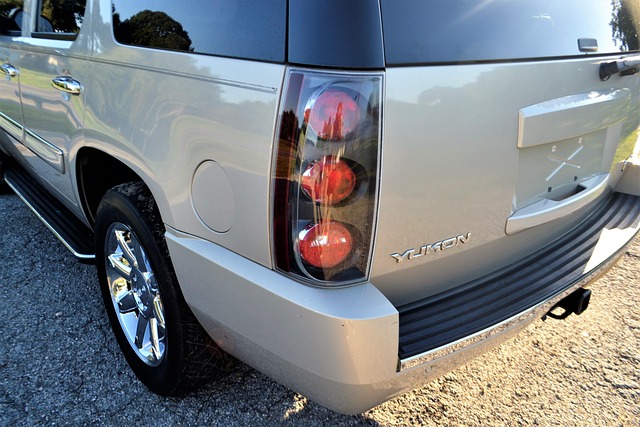
Tesla PDR offers several advantages when it comes to auto dent repair. One of the key benefits is its non-invasive nature; this method repairs dents by reshaping the damaged area from the inside, eliminating the need for sanding or painting. As a result, vehicles retain their original factory finish, preserving the car’s overall aesthetic value and resale potential. This eco-friendly approach also reduces waste and the environmental impact compared to traditional dent repair methods.
However, there are limitations to consider with Tesla PDR. While it’s effective for smaller dents and dings, its capabilities have certain limits. Typically, PDR can accommodate dents up to a few millimeters in depth. Deep or severe damages that involve metal deformation beyond the scope of PDR may require more intensive repair techniques. Moreover, not all vehicles are suitable candidates for PDR due to variations in body panel construction and paint systems. For tire services or larger dent repairs, alternative methods like traditional auto dent repair might be necessary to ensure optimal results.
Step-by-Step Guide: How to Perform Tesla PDR Effectively

Performing Tesla PDR (Paintless Dent Repair) effectively involves a precise, step-by-step approach. First, inspect the dent carefully to assess its size and depth, ensuring it’s suitable for non-invasive repair. For dents up to certain limits, you’ll need specialized tools like a dent puller or a tab tool, which are designed to gently pry out the damaged area without damaging the paint.
Begin by applying a thin layer of heat gun moisture onto the dented panel to soften the paint. This step facilitates the insertion of your repair tools. Next, insert the tab tool under the edge of the dent, working slowly and carefully to avoid paint damage. Gradually expand the dent by gently pulling on the tool while applying consistent pressure. Once the dent is pulled out, use a plastic hammer or mallet to smooth out any remaining dimples, ensuring a seamless finish. Finally, inspect your work, and if needed, repeat the process until the panel appears flawless, maintaining the car’s original aesthetics without resorting to traditional auto body shop methods or auto frame repair techniques.
Tesla PDR, or paintless dent repair, offers a convenient and cost-effective solution for minor dents and scratches on vehicles. Understanding its advantages and limitations, such as the specific dent sizes it can handle, is key to effective utilization. By following a step-by-step guide, car owners can master Tesla PDR techniques, ensuring their cars look as good as new without the need for traditional painting methods. This eco-friendly approach not only saves time but also contributes to a more sustainable automotive care routine.

